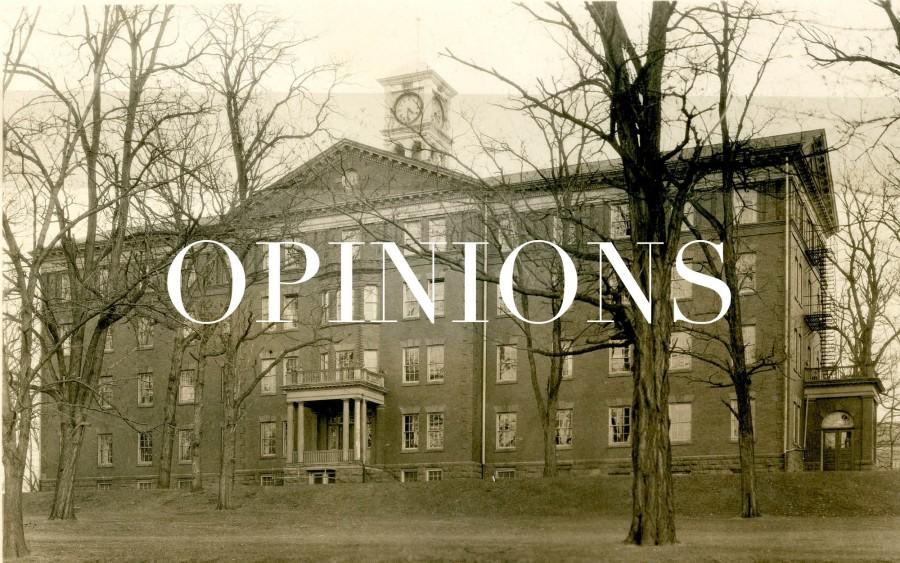Remembering Bucknell During World War I
April 9, 2015
The First World War had stark consequences across much of the world as many nations slipped into what would become the most devastating war to date. With the amount of time that has passed since the outbreak of the war, and given our location in rural Pennsylvania, it can be easy to forget how much of an impact the conflict had on the world at the time.
One of the most interesting aspects of the war was the dramatic changes felt across broad sections of the United States, despite the country not entering the war until 1917. Many farmers had boom years as demand for their products rose to feed a hungry Europe while colleges all across the nation began committing themselves to a potential future war effort.
At the University, there was a strong student movement that aimed to prepare for involvement in the war that ultimately came to shape the University that we have today. As early at 1915, there was an organized Volunteer Company that sought to prepare the campus should troops need to be mobilized.
It wasn’t until 1917–after the country became a major player in the war and following the passage of the Selective Service Act–that troops needed to be prepared to ship off to Europe. As per requirements based on the University’s size in 1917, with 524 undergraduates, the school had to prepare at least 25 students to enter service. As noted in this newspaper in an article from May of 1917, 48 students had voluntarily enlisted by the deadline.
Several other significant changes came across the University as well. In 1918, the school suspended all athletics because of the lack of participants as a majority of the school’s athletes were training with various military programs around campus. The curriculum requirements of the school changed as well to accommodate students who were trying to graduate in less than four years, in order to help with the war effort outside of the campus or in other parts of the nation.
One of the most dramatic changes on campus was the introduction of the Student Army Training Corps (SATC). Students involved in this program were rigorously drilled in combat exercises and were considered active duty members of the U.S. Army. Their training sought to synthesize the disciplines of mathematics, engineering, and chemistry with a strict military lifestyle in order to train officers for future conflict.
This program evolved into the Reserve Officer’s Training Corps (ROTC), which is still on campus to this day. Similarly, the emphasis on mathematics and engineering provided a foundation on which the University established itself as one of the more rigorous engineering schools in nation—a legacy that can be seen through the current programs offered in the College of Engineering and in the math and physics programs.
This period in the University’s history was a strange time where student and academic life was upended because of chaotic events overseas. It is easy to forget today how much of this University’s social and academic life owes itself to the way that the University addressed the war and how it reestablished itself afterwards. Looking into the history of this campus provides us with a unique perspective on many facets of University life that might otherwise have gone unnoticed or seemed unremarkable.






















